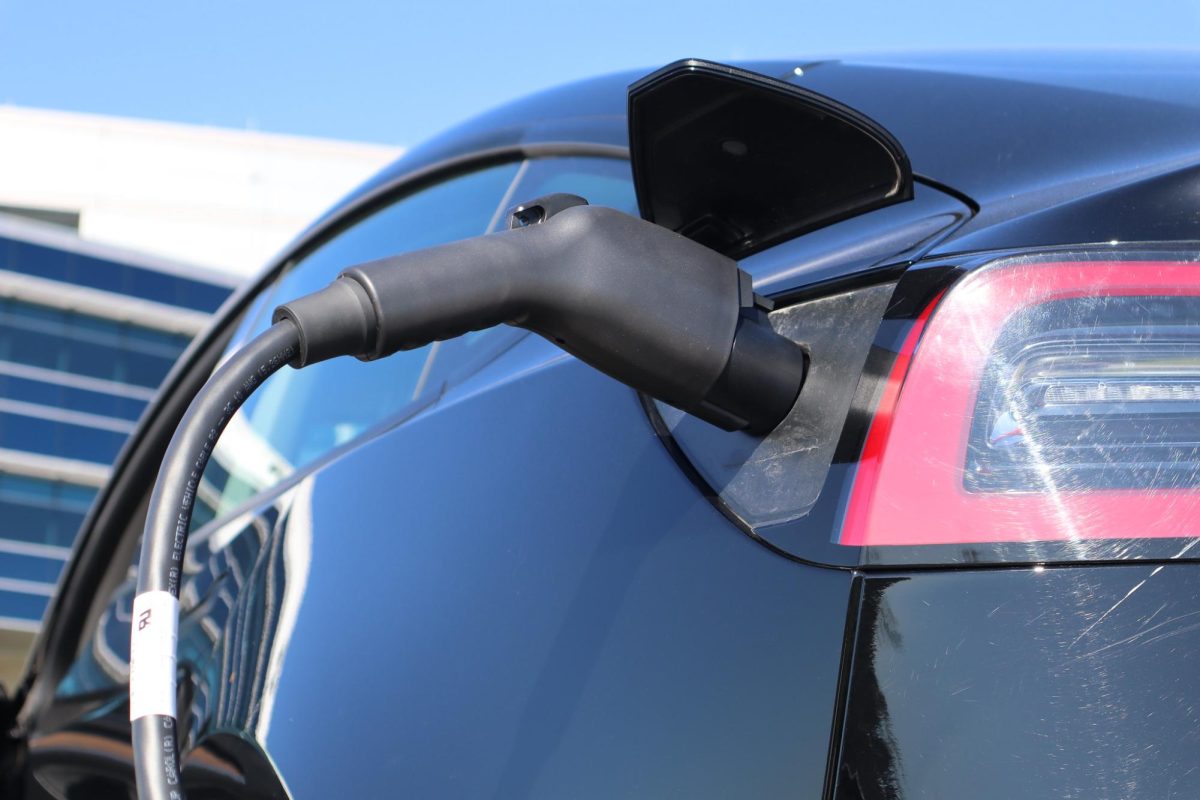Despite General Motors Co.’s plans for an all-electric vehicle segment in North America, the auto manufacturer announced it would reintroduce plug-in hybrid electric vehicles after challenges led to another decline in profits from its EV line.
But GM’s EV losses were less than before, narrowing $2.5 billion through 2023 compared to 2022’s $3.3 billion loss. The Detroit automaker made headlines after earnings were released the week of Jan. 29 — and its stock soared.
GM reported $43 billion in revenue and $2.1 billion in net income attributable to shareholders on Jan. 30, far above consensus estimates of $38.7 billion and $1.69 billion, respectively, despite the United Auto Workers strike.
The move to bring back PHEVs was long-awaited, according to The Wall Street Journal, with car dealerships and advisory boards disputing GM’s assessment that consumers would see the hybrid option as an unnecessary stepping stone to buying fully electric cars.
In the earnings call on Jan. 30, CEO Mary Barra reaffirmed the “all-in on EVs” strategy that initially set the manufacturer apart from its competition.
“Let me be clear: GM remains committed to eliminating tailpipe emissions from our light-duty vehicles by 2035,” Barra said. “But in the interim, deploying plug-in technology in strategic segments will deliver some of the environmental benefits of EVs as the nation continues to build its charging infrastructure.”
According to PricewaterhouseCoopers, PHEV sales grew 57% in the United States last year with the hybrid market share still holding out over all-electric vehicles by 8%.
And yet, GM’s original goal of selling 400,000 EVs through mid-2024 has since been revised to 250,000.
That could be a result of other challenges GM’s EV segment faced in 2023, including a halt in production of one of its top-of-the-line EVs in late December, the Chevrolet Blazer, due to “software issues,” as well as a temporary snafu with expected eligibility for consumer tax credits from the Blazer and the Cadillac LYRIQ under the inflation reduction act.
The Blazer is being reintroduced to dealerships, and GM announced it and the LYRIQ would be eligible for tax credits.
GM’s decision to reintroduce plug-in hybrids signifies a pragmatic approach to electrification. The move reflected the current state of the market, where consumer demand, infrastructure readiness and regulatory frameworks are still evolving; general consumer confidence in EVs is still a wildcard.
According to a report from the Pew Research Center, the number of Americans interested in purchasing an EV was down 4% in July 2023 from May 2022.
Some automakers, like Stellantis NV, aren’t even willing to take the loss.
“Being in Europe as much as in the U.S., we are making money with the electrified vehicles,” Stellantis CEO Carlos Tavares said on Jan. 19. “We are making money, and it is in our discipline to make sure that whatever we sell we make money with because, if not, then the company will not be sustainable.”









